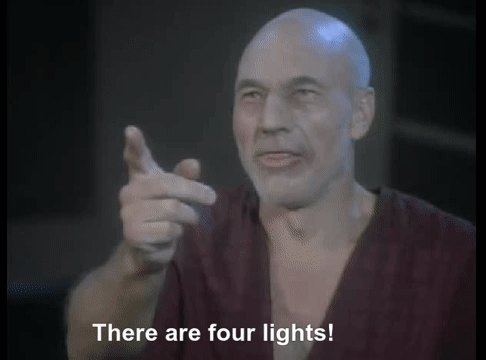
As you explore the Unity lighting system you will discover and utilize four basic types of lights to illuminate your scenes. The types are Directional, Point, Area, and Spotlight. In this article we’ll cover them and their use cases to help make your scenes look at good as possible.
Directional
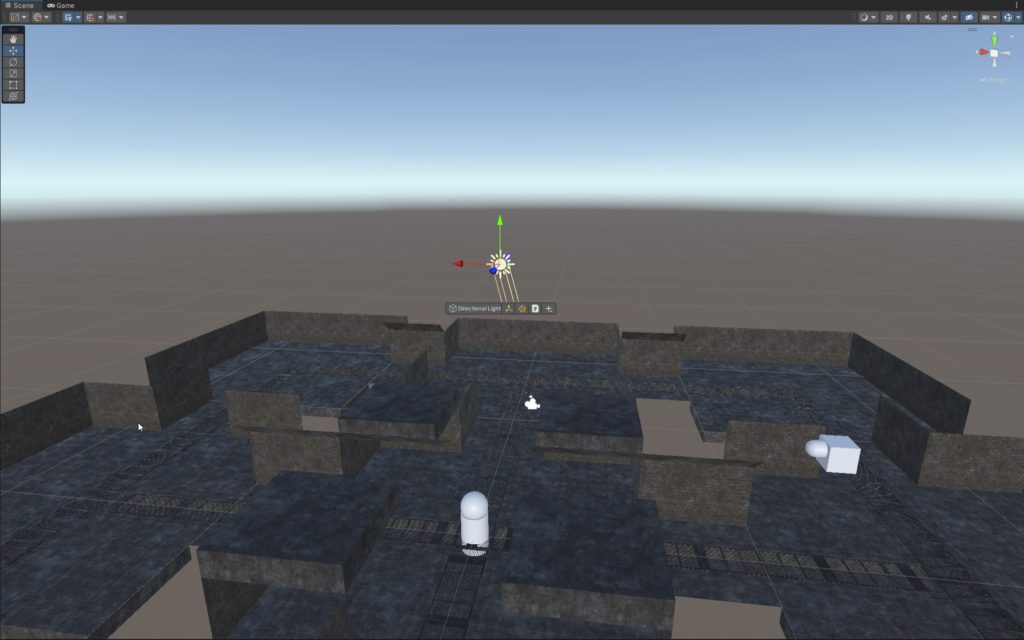
Directional lights are lights that simulate the sun and provide scene-wide lighting. Rotating them can simulate sunrise and sunset in your scene. Typically these are best used for outdoor scenes but can be used indoor to provide a base level of lighting with a consistent source of light from a particular direction.
Point
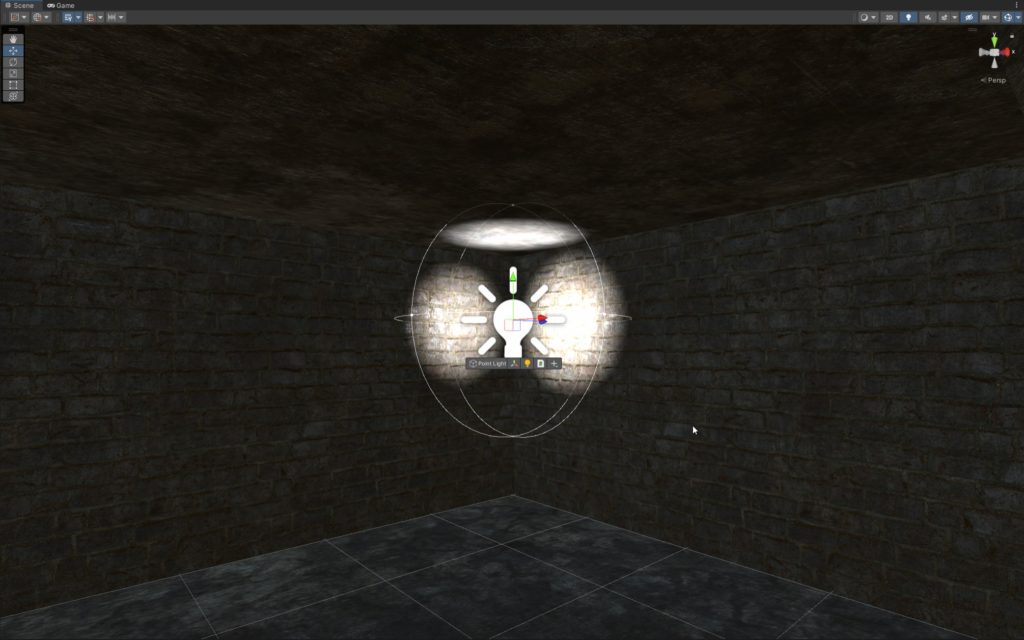
Point lights are lights that (as the name suggests) exist around a single point. These are most useful for providing localized light at a specific spot. Such as a lamp or an emissive material like a glow stick. You can adjust the intensity and range of a point light to create tight bright lights or diffuse and spread out lighting from a single point in every direction.
Area
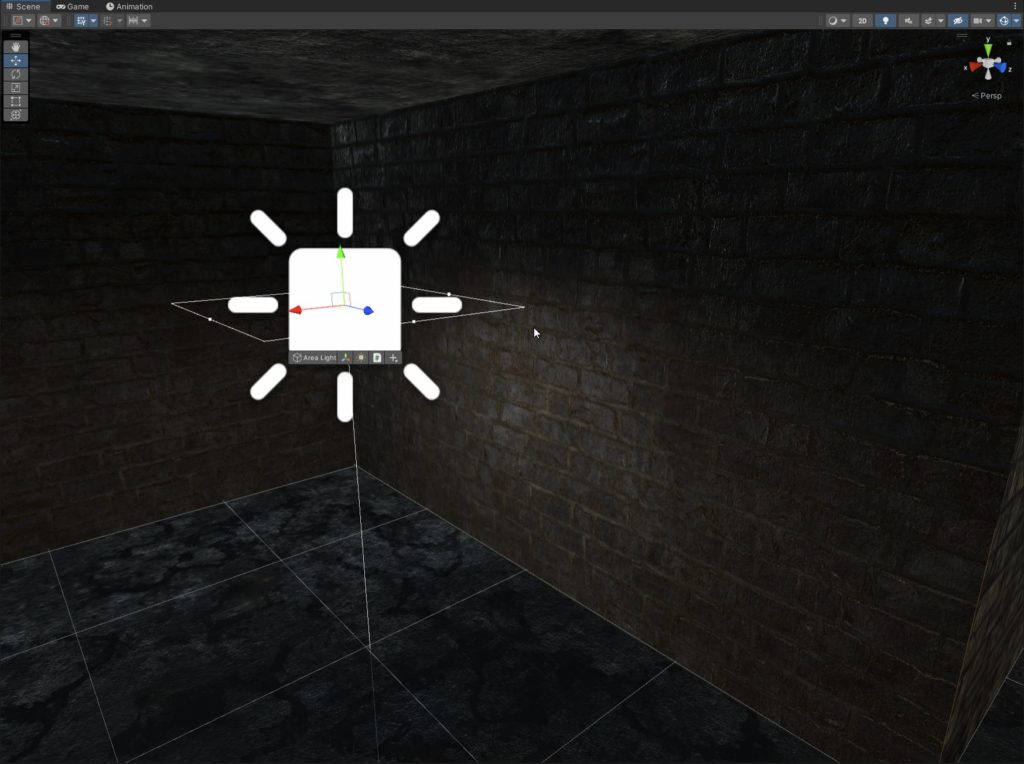
Area lights serve as diffuse light sources, they come in two shapes rectangle and disk. They are only able to be baked (the difference between real time and baked lighting is simple, baked lighting only generates once and never moves whereas real time is calculated dynamically best used for moving objects) and best used to create large swatches of diffuse lighting similar to mood lighting to supplement other sources of light. Their use as baked lights make them very inexpensive to use as well.
Spotlight
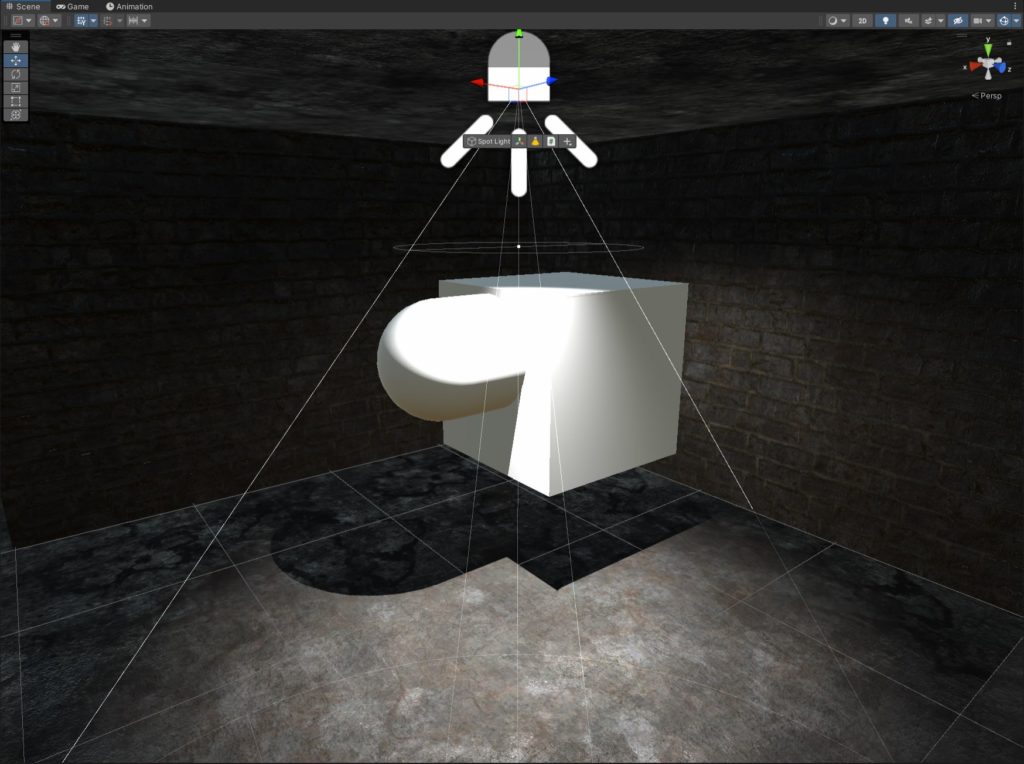
The final type of lights are spotlights, these serve as direct conical lights at can be used to illuminate particular objects like a flashlight (or spotlight) can. These can be used both in real time and baked lighting although using as few real time lights as possible is always advisable for performance reasons. They also help cast great shadows and provide depth to your game’s lightscape.
That wraps up the four basic types of lights that compose of the Unity lighting system in conjunction you can create sophisticated lighting scenarios such as flashlights, illuminating key parts of your game, creating generalized lighting to set the mood, and help create deeper immersion to your scenes. Until next time, happy coding.
